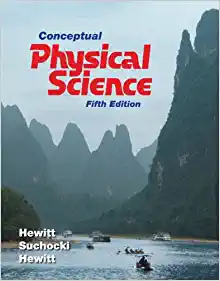Answered step by step
Verified Expert Solution
Question
1 Approved Answer
can you help me with questions 1, 3, 5, 6, 7, 8, & 9 please? 13.5 Questions 1. Why do transformers need an alternating current
can you help me with questions 1, 3, 5, 6, 7, 8, & 9 please?

Step by Step Solution
There are 3 Steps involved in it
Step: 1

Get Instant Access to Expert-Tailored Solutions
See step-by-step solutions with expert insights and AI powered tools for academic success
Step: 2

Step: 3

Ace Your Homework with AI
Get the answers you need in no time with our AI-driven, step-by-step assistance
Get Started


